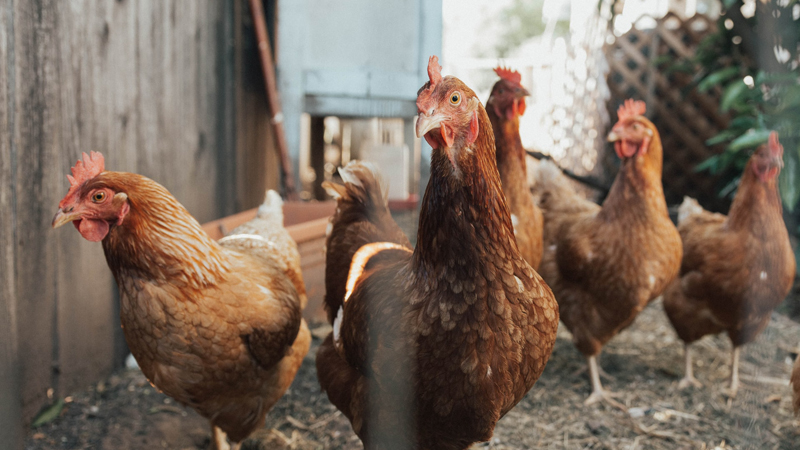Bird flu spread intensifies, raising concerns about human risk
MDlinx May 23, 2024
Dozens of cattle herds in the US have been infected with avian influenza, or H5N1, raising public health concerns in farming areas.
Doctor-Loeb H. Do We Have Enough Bird Flu Vaccines for a Potential Pandemic? Scientific American. May 16, 2024.
The Centers for Disease Control and Prevention (CDC) has also confirmed one case of H5N1 in a human who was exposed to cattle.
Harris E. CDC: H5N1 Bird Flu Confirmed in Person Exposed to Cattle. JAMA. 2024;331(19):1615. doi:10.1001/jama.2024.6720

Despite this, doctors say that human H5N1 infections remain rare—and that the virus is unlikely to become the next pandemic. This is mainly due to the makeup of the virus’s H and N proteins, which do not target humans. Risks could change, however, if virus mutations give H5N1 the leverage to jump species.
Describing bird flu
Often colloquially referred to as bird flu, H5N1 is a strain of influenza that has been around for decades, predominantly impacting birds. At times, it can strike other animals, such as seals and cattle. On very rare occasions, bird flu can infect humans. Human-to-human infection is even rarer.
David Cutler, MD, a board-certified family medicine physician at Providence Saint John’s Health Center in Santa Monica, CA, says it is important to educate concerned patients about bird flu’s nature and remind them that humans are generally safe from infection. He also emphasizes the importance of good public health practices, such as infection control and surveillance, in farm and wildlife areas.
Public health measures to protect against bird flu
Bird flu’s presence in cattle herds presents public health issues for farms and wildlife areas but should not currently pose infection risks for people, Dr. Cutler says. People who do not live near these areas are even more in the clear, he adds.
Even so, the virus's impact on animals cannot be ignored. It is important to practice public health measures like case surveillance, testing, keeping clean and hygienic farms, and killing animals that may be infected with bird flu to stop the spread, Dr. Cutler says.
The United States Department of Agriculture (USDA) will compensate farmers for birds and eggs that “must be destroyed” due to H5N1 infections.
US Department of Agriculture Animal and Plant Health Inspection Services. Highly Pathogenic Avian Influenza (HPAI). April 2022.
Properly submitting claims and documenting sick birds is important in receiving compensation. The USDA will not, however, compensate farmers for birds or eggs that die due to the virus.
Bird flu’s potential for virus mixing
While bird flu is not a big threat to humans right now, risks could change if proper public health measures aren’t taken.
“The concern comes when you have animals that can harbor this H5N1 virus, which can be quite deadly for birds, and another type of virus in their body at the same time—like the H1N1, which humans can get—and two viruses mix together,” Dr. Cutler says.
This is a process known as “reassortment,” and is similar to what happened in 2009 with pigs and swine flu, he adds.
To prevent the worst from happening, you’ll want to remind your patients to follow public health protocols, particularly if they are farmers or live near farmland. Other than that, there aren’t a whole lot of things people need to do to stay safe, Dr. Cutler says.
For now, people “need to understand what bird flu is—that it doesn't pose an immediate threat, but that it does have the potential for a pandemic if it mixes with other viruses,” Dr. Cutler adds. “Public health has to have a huge role in monitoring where this virus exists and who it's being passed on to.”
What this means for you
Avian influenza, or H5N1, is infecting cattle in the US, increasing the need for farmers to follow public health measures, such as killing animals that carry the infection. In its current state, the virus is unlikely to infect humans.
-
Exclusive Write-ups & Webinars by KOLs
-
Daily Quiz by specialty
-
Paid Market Research Surveys
-
Case discussions, News & Journals' summaries